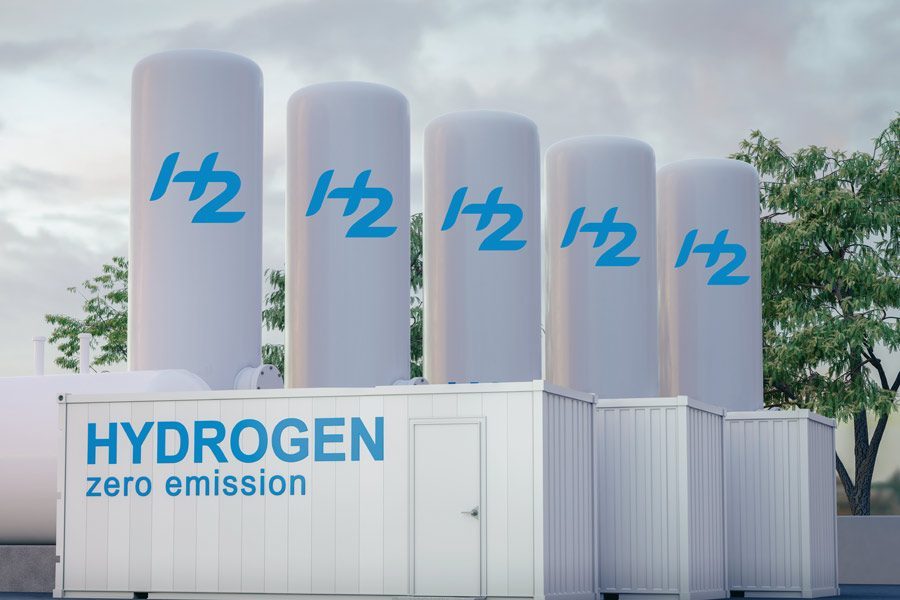DOE’s New Hydrogen Hub Progam
By: GenH2 Staff
Read Time: 3 minutes
The DOE Launches Hydrogen Hub Program in the U.S.
On June 6th, the U.S. Department of Energy (DOE) approved and released a Notice of Intent (NOI) to fund the Bipartisan Infrastructure Law’s $8 billion program to help accelerate hydrogen infrastructure in the United States. This funding is going towards the development of regional clean hydrogen hubs (H2Hubs) which will be built in strategic locations across the nation in order to create the starting foundation for clean energy. These hubs are designed to be multipurpose, meant to both produce hydrogen on-site and stored in mass quantities for later use. Their additional purpose is to also provide transportation services for hydrogen between the industrial and public sectors.
The creation of six regional hydrogen hubs is in response to the President’s clean energy plan, which seeks to achieve 100% clean energy by 2035 and zero-emission by 2050. However, it’s also being taken as an opportunity to raise awareness of the effectiveness of hydrogen as a clean energy future and promote a new energy source to the United States. As Europe takes the lead in the clean energy market, US companies are starting to notice the benefits of fuel source alternatives as well as their subsequent infrastructures. In the case of hydrogen, it shows itself to be emission-free and renewable, all while meeting the safety standards as per the DOE.
Other incentives for the investment in hydrogen energy have been for monetary reasons. Beyond just being the cleanest energy alternative, it’s also considered to be the most affordable down the line because of its renewability and on-site production. While the hubs would be primary stations, smaller substations could just as easily be established in order to make hydrogen more accessible and require less effort to export. On-site production would also make hydrogen a localized fuel source, thus removing the costs of importation or price fluctuations.
The decision for the DOE to fund the construction of regional hydrogen hubs comes at a time when liquid hydrogen is being developed and designed for every vehicle and transportation system moving forward. This is expected to make an impact not only on various other industries, economic costs, and environmental improvements, but it will begin the first large transition from fossil fuels to clean energy.
Hydrogen is being highly considered over other energy alternatives for its ability to impact any industry that relies on heavy machinery or produces high amounts of carbon emissions. The establishment of these hydrogen hubs in particular is meant to serve as a catalyst for the reduction of the nation’s total carbon output and open the door for a clean energy future. As the construction of these hubs begins, the United States will be able to begin its clean energy infrastructure and reach new heights in technology.



